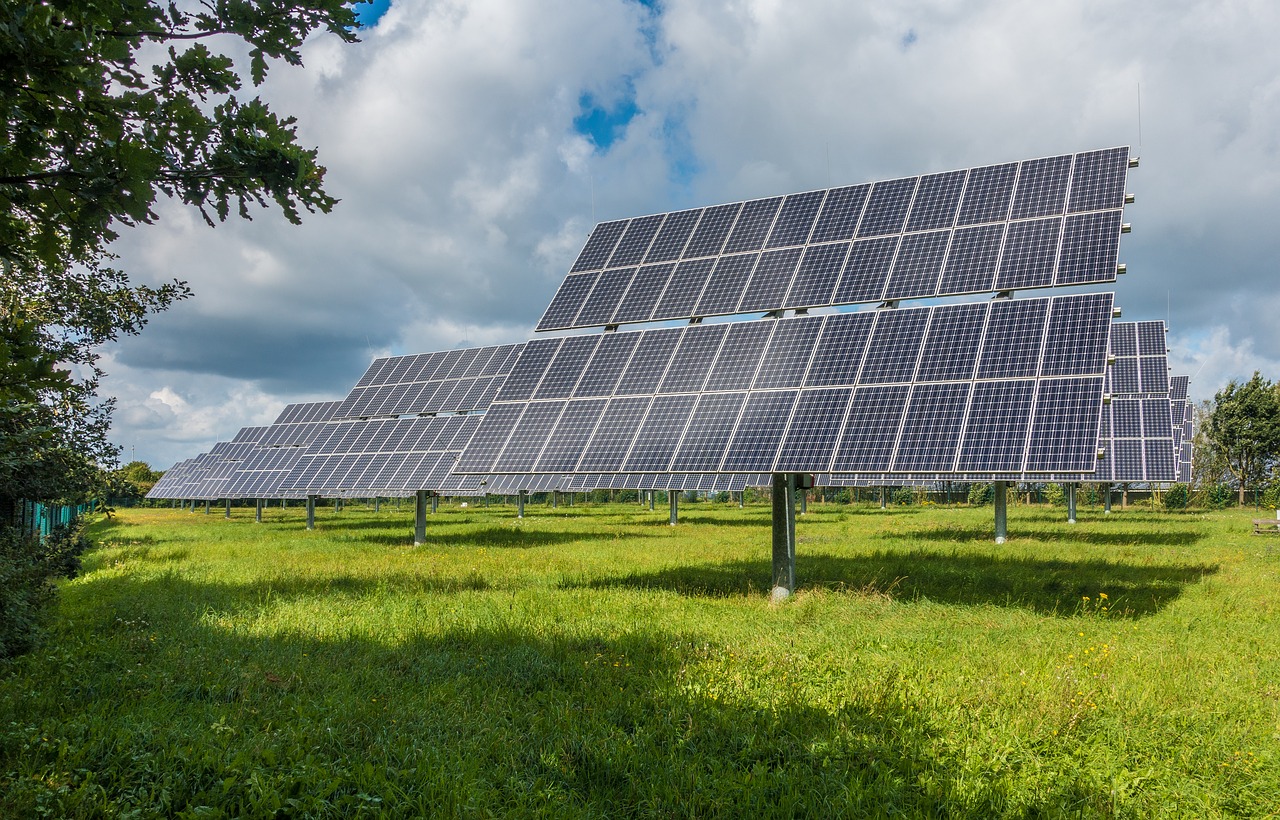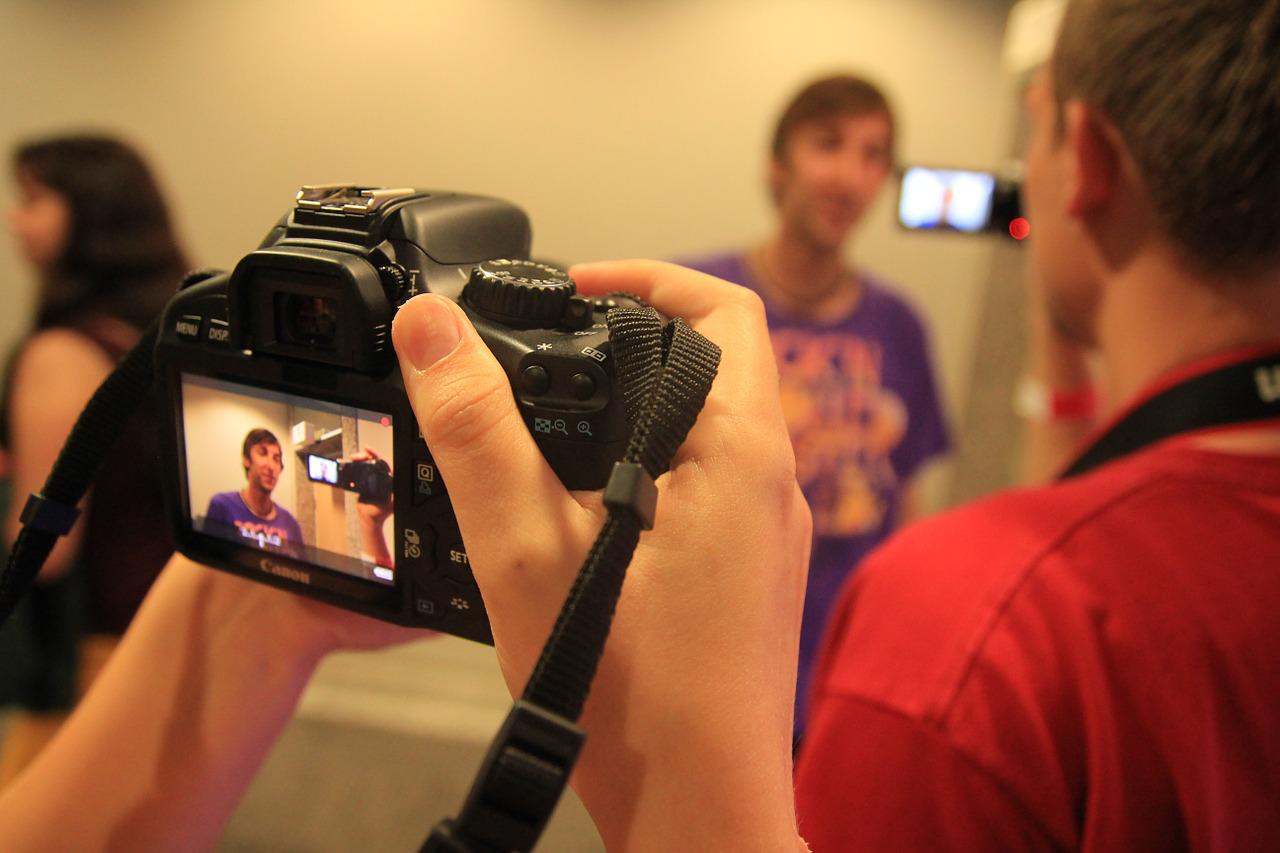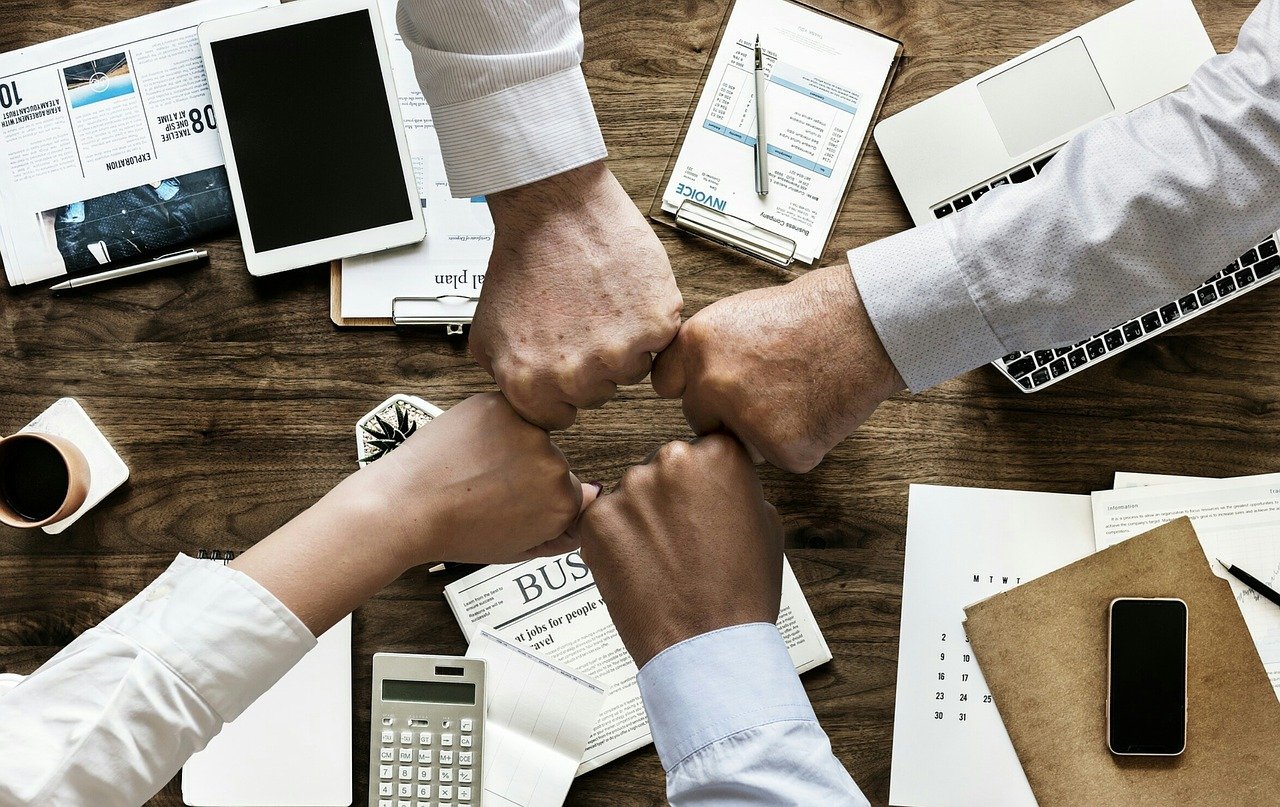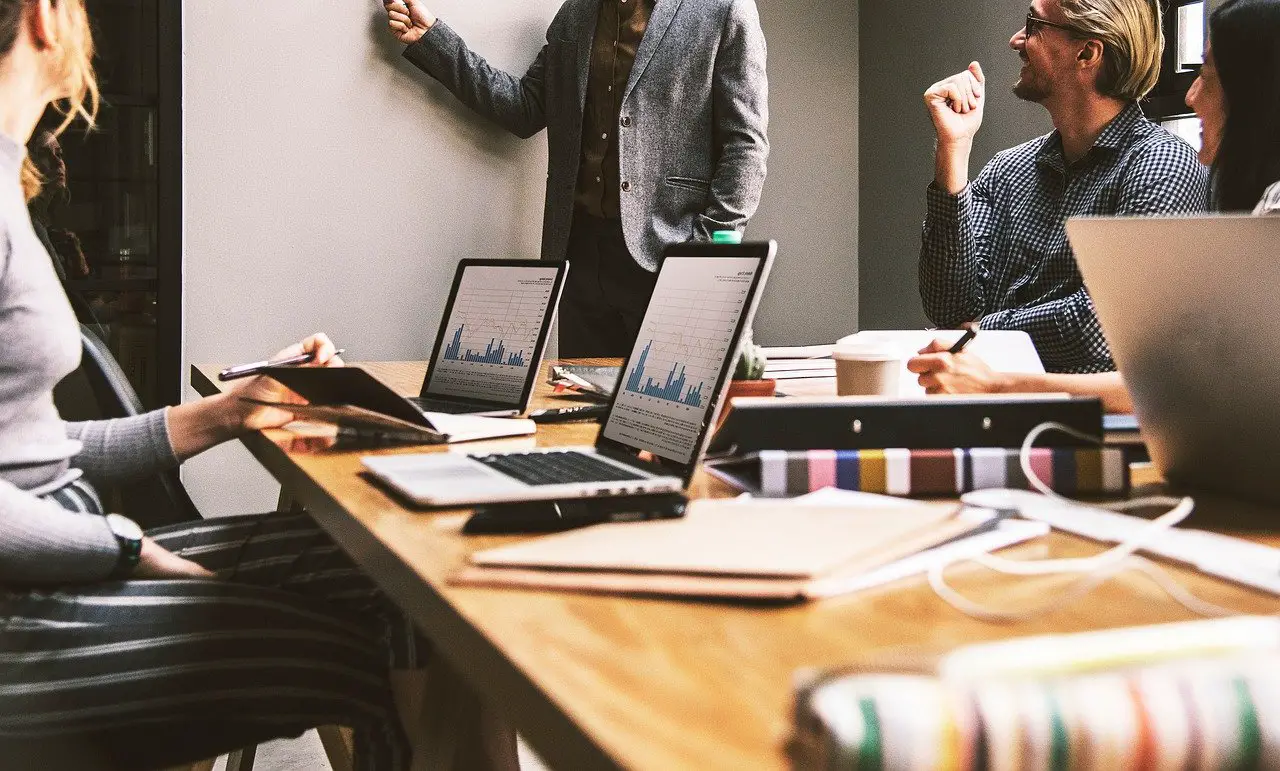Colombia-MICE is part of the Pelecanus Travel Group. We are located in Bogota, Colombia. We are specialized in corporate travel and all services around Meetings, Incentives, Conferences, and Exhibitions.
Sustainable thinking and acting correspond to today’s zeitgeist. Many companies are therefore taking sustainability into account in their business practices today.
What is a sustainable hotel?
A sustainable or eco-friendly hotel is a hotel that, both in its facilities and the development of its activities, respects the environment and respects the principles of ecotourism.
Although sustainability is mostly associated with environmental issues, there are also cultural and social factors that are involved.
Sustainable architecture
Ensuring environmental quality and efficiency throughout lifecycles. Sustainable materials and construction techniques are used.
Water saving
Establishment of water utilization systems or activities such as water treatment plants. Alternatives include reusing water to water plants or installing automatic faucets and toilets.
Energy saving
Use of solar panels and LED lighting systems and reduction of consumption of heating and air conditioning systems based on bioclimatic building standards.
Conservation of biodiversity, ecosystems and landscapes
No alteration or disturbance of the environment in which the project is located and protection of the species in these areas.
Sustainable and lasting development of the local economy
Involving local producers and suppliers, promoting job creation for local workers.
Reducing waste and emissions
Avoiding plastic as much as possible and using biodegradable products, e.g. B. with cleaning agents.
Promotion of ecotourism activities
Promotion of activities such as hiking, ecological walks, cycling, etc
Optimization of resources and materials
Waste separation in the hotel facilities and reuse of resources.
Raising awareness among the various stakeholders involved
Both in cooperation with the guests and with the employees, it is necessary to establish and apply an environmental policy in the hotel. Implementation of awareness campaigns that can highlight the importance of these actors for the sustainable development of the hotel.
The best sustainable hotels in Colombia
Bio Hotel Organic Suites – Bogota
CLICK HERE TO GET THE BEST RATES FOR BIOHOTEL ORGANIC SUITES
Location: Cra. 7 Bis #124-36, Bogotá, Cundinamarca
Rooms: 70
Cost for a standard room per night (1 person): 55 USD
Room types: Standard (24 m²), Twin (24 m²), (Deluxe 30 m²), Junior Suite (37 m²), Master Suite (64 m²)
Highlights: Eco-efficient / organic cuisine
Services: Spa / Fitness Center / Vegetable Garden / Restaurant / Terrace / Wifi / Parking / Shuttle Service / Rooms with desk
Business Center: Yes
The bio hotel Organic Suites is located in the exclusive Usaquen district of northern Bogota, surrounded by the finest dining, sightseeing, and shopping just 40 minutes from El Dorado International Airport. It is located near the Santa Barbara Shopping Center, the Unicentro Shopping Center, the famous Samsung Tower of Bogota and the Bogota Country Club.
It is the ideal place to breathe fresh air in the heart of the city and offers a wide range of delicious and healthy food thanks to its organic garden.
This hotel is dedicated to nature lovers who are aware of the importance of protecting our planet and want to combine this with luxury, comfort and the perfect balance between rest and work.
Rooms for events, meetings and conferences:
- Cloud Terrace: A large and refreshing space that can accommodate up to 100 people.
- Eco, Aqua and Bio rooms: 3 rooms (20 people each) that can be connected to form one large room (100 people).
- Romero Bar: An alternative option with a capacity of up to 100 people.
NH Collection Bogotá Royal Terra 100 – Bogota
CLICK HERE TO GET THE BEST RATES FOR NH COLLECTION ROYAL TERRA 100
Location: Ac. 100 #19A-70, Bogota, Cundinamarca
Rooms: 73
Cost for a standard room per night (1 person): 60 USD
Room types: Superior (23 m²), Premium (29 m²), Family (29 m²)
Highlights: LEED Silver Certification / Green Building / Resource Management Programs
Services: fitness center / car service / parking / massages / restaurant / laundry / rooms with desk / terrace
Business Center: Yes
The NH Collection Bogotá Royal Terra 100 is located in the heart of Bogotá’s financial district. The airport can be reached in around 30 minutes.
Part of the NH Hotel Group, the hotel has been designed with an ecological focus to reduce the environmental impact of its operations, reduce the waste and reuse of resources, and maximize the health and productivity of its employees and guests.
It is ‘LEED-certified’ (Leadership in Energy and Environmental Design), which means that it meets certain criteria such as water saving, the type of energy used, the construction materials and indoor air quality. For this purpose, the hotel has a rainwater storage system to supply the toilets and water the plants.
Rooms for events, meetings and conferences:
- Room La Candelaria : State-of-the-art audiovisual equipment and a capacity of 90 people.
- Terra Room : State-of-the-art audiovisual equipment and capacity for 30 people.
- The terraces are suitable for social events and weddings with a capacity of 90 people.
- Translation services, secretariat and catering
Hotel B3 Virrey – Bogota
CLICK HERE TO GET THE BEST RATES FOR HOTEL B3
Location: Cra. 15 #88-36, Bogota, Cundinamarca
Rooms: 128
Cost standard room per night (1 person): 40 USD
Room types: Cozy (16 m²), Bureau (20 m²), Junior Twin (25 m²), Junior Suite (25 m²)
Highlights: Ecologically sustainable design
Services: Wifi / rooms with desk / parking / fitness center / bike rental / restaurant / bar
Business Center: Yes
This modern hotel is an excellent choice for travelers who want to visit Bogota in a sustainable way. The hotel is located in the Chicó district, one of the best areas of the city. There is also the Parque de la 93 with its many delicious restaurants and shopping centers such as El Retiro.
The hotel is 15 minutes from the World Trade Center and 30 minutes from El Dorado International Airport.
The B3 hotel not only offers a very good service but is also considered an eco-friendly hotel because it has a vertical garden facade with more than 34 species of plants and a total of 25,000 units, which are supplied by engineered rainwater irrigation system.
Rooms for events, meetings and conferences:
- Salon 1: This adaptable room has a capacity of up to 50 people.
- Mezzanine Room: This room, popular for its natural light and ventilation, can accommodate up to 50 people.
- Terrace: An ideal place for fresh air and events such as lunch, coffee breaks or dinner.
Terra BioHotel – Medellin
CLICK HERE TO GET THE BEST RATES FOR TERRA BIOHOTEL
Location: Cl. 35 #64ª 92, Medellin, Antioquia
Rooms: 41
Cost for a standard room per night (1 person): 50 USD
Room types: Standard (22 m²), Superior (32 m²), Junior Suite (51 m²)
Highlights: Eco-efficient / organic cuisine
Services: Wifi / Rooms with desk / Restaurant / Laundry / Terrace / Parking
Business Center: Yes
The hotel is located in a quiet residential area of the city of Medellin. In less than 10 minutes on foot, you can reach the Plaza Mayor, the city’s most important congress and exhibition center, as well as the Parques del Rio Medellin (a mega project), the Pueblito Paisa, one of the most important cultural districts and the Unicentro shopping center with the best restaurants and shops of the most famous brands. José María Córdoba International Airport is 35 minutes away.
The Terra BioHotel is a sustainable and innovative hotel. Its bioclimatic design allows the use of natural lighting and ventilation.
The environmental concept includes the gardens, the courtyard, the solar panels for hot water production, the LED lighting, the water treatment systems, the integrated management of solid waste and the collaboration with the municipal authorities.
If you want to hold events in a natural and eco-friendly atmosphere, the Terra Biohotel is the ideal choice.
Rooms for events, meetings and conferences:
Each of these rooms has a maximum capacity of 20 people and can be transformed into a large auditorium with a capacity of up to 60 people, depending on the event, conference, training or social event.
- water space
- airspace
- firebox
Sofitel Legend Santa Clara – Cartagena
CLICK HERE TO GET THE BEST RATES FOR HOTEL SOFITEL LEGEND SANTA CLARA
Location: Calle Del Torno 39-29, Cartagena de Indias, Bolívar
Rooms: 125
Cost for a standard room per night (1 person): 200 USD
Room types: Classic Room (26 to 30m²), Superior Room (34m²), Deluxe Room (34m²), Junior Suite Republicana (70m²), Suite Colonial Junior (40 to 72m²), Suite Duplex (61 to 80m²), Suite Spa (73m²), Legend Suite (73m²), Enrique Grau Suite (73m²), Amaral Suite (216m²), Fernando Botero Presidential Suite (157m²)
Highlights: organic cuisine / cocktail classes / coffee tasting / wine tasting / rum and chocolate tasting
Services: Bar / Swimming pool / Garden / Spa / Fitness center / Jewelry shop / Parking / Wifi / Boutique / Restaurant / Rooms with desk / Terrace
Business Center: Yes
The Sofitel Legend Santa Clara is an emblematic hotel where tradition and modernity meet. It is right on Plaza de San Diego and just a few minutes’ walk from Playa de los Pescadores.
This unique and inspiring place has more than 400 years of history and is part of a rich cultural heritage. The hotel has hosted hundreds of illustrious guests such as legendary kings, fashion icons, musicians, Nobel Prize winners, actors, film directors, heads of state and many others.
The Sofitel offers spectacular spaces in which to relax and unwind and is also the preferred destination for weddings and receptions. It also has unique and very well-equipped rooms for meetings and events.
Rooms for events, meetings and conferences:
- Gran Salon Clarisa: An elegant room for private events with a capacity of up to 48 people.
- Salón Luna: Ideal for business lunches, teleconferences or videoconferences, with the capacity for up to 24 people.
- Espadana Room: A cozy room ideal for VIP meetings with a capacity of up to 11 people.
- Salón Sol: Can be used for all kinds of small events with a capacity of up to 48 people.
- Salón Santa Clara: The largest and most impressive hall, with a capacity of up to 300 people.
The hotel has a several highly efficient energy, water and waste management programs. Sustainable practices save water and energy.
Hotel Capilla del Mar – Cartagena
CLICK HERE TO GET THE BEST RATES FOR HOTEL CAPILLA DEL MAR
Location: Cra. 1 #812, Cartagena de Indias, Province of Cartagena, Bolivar
Rooms: 203
Cost for a standard room per night (1 person): 80 USD
Room types: Superior (44 m²), Special (44 m²), Junior Suite (69 m²), Special Suite (87.28 m²)
Highlights: Sea Views / Pet Friendly
Services: Wifi / Parking / Swimming pool / Bar / Restaurant / Fitness Center / Beach / Rooms with desk
Business Center: Yes
This spectacular beachfront hotel offers one of the best experiences to its guests. It is ideal to rest and relax but also to work with all the necessary tools and services in a paradisiacal setting.
From here you can enjoy the tourist and commercial area of Bocagrande, an emblematic district with a myriad of restaurants and bars.
Rooms for events, meetings and conferences:
- Neptune Hall: With a capacity of 200 people.
- Jupiter Room: With a capacity of 50 people.
- Juno Room: With a capacity of 50 people
Capilla del Mar’s environmental commitment has an excellent recycling program. Products are purchased from local suppliers.
Hotel Sophia – Cartagena
CLICK HERE TO GET THE BEST RATES FOR SOPHIA HOTEL
Location: Calle 32, de la Aduana, Cra. 45 #26c4, Cartagena de Indias Bolivar
Rooms: 15
Cost for a standard room per night (1 person): 85 USD
Room types: Superior (48 m²), Deluxe (48 m²), Junior Suite (90 m²), Suite Hagia Sophia (90 m²)
Highlights: Pet friendly
Services: Fitness Center / Car Service / Parking / Massage / Yoga / Wifi / Swimming Pool / Bike Rental / Restaurant / Bar / Laundry / Rooms with Desk / Terrace
Business Center: Yes
Aduana and just a few minutes from the historical center, this small, charming boutique hotel with its modern and delicate ambiance is just perfect for an unforgettable stay.
Business travelers can rest assured that Hotel Sophia has a wide range to offer, such as: B. the exclusive conference room Calíope and the Vinoteca Aduana where you can enjoy a wide range of wines and delicious food.
In the area of sustainability, the company has programs in the efficient use of water and energy, management of solid waste and chemical products, and several social responsibility programs focused on reducing the carbon footprint.







